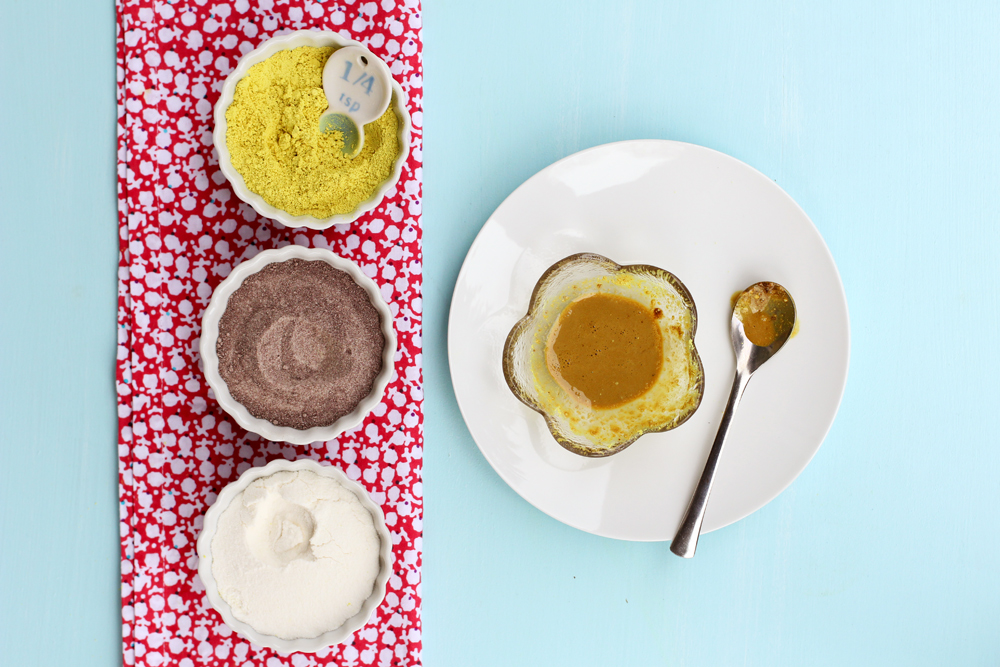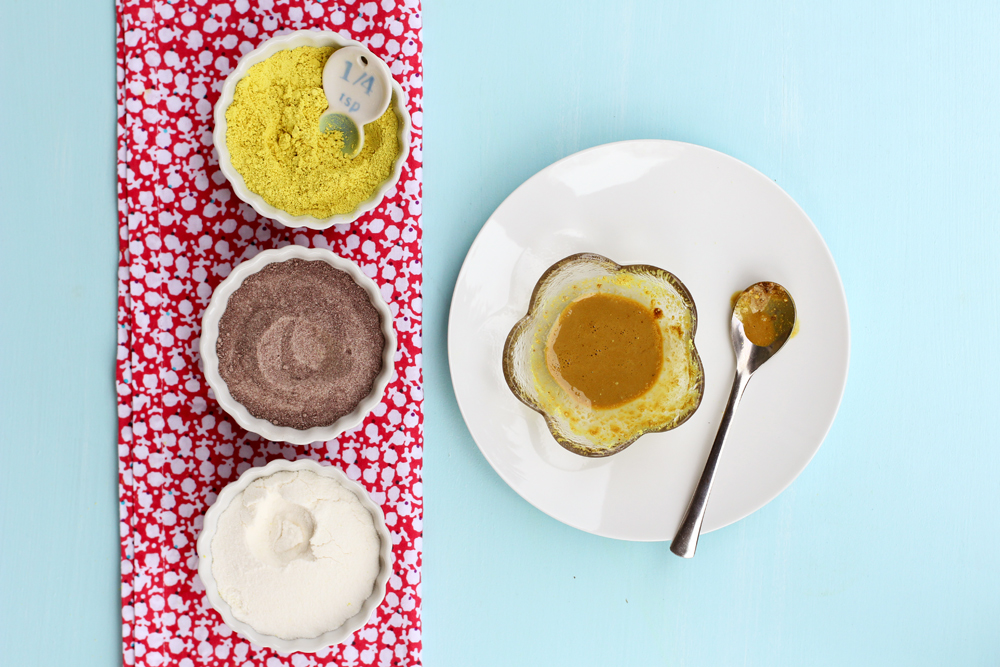
My first daughter wasn’t an easy baby.
She was not the best sleeper and absolutely despised sleeping on her back. We could easily get her to sleep by holding her upright in our Craigslist-ed glider, but as soon as we transferred her to her back in the crib, she would jolt awake screaming as if we were placing her in an ice bath. Then she wouldn’t just be awake and smiling, she would be MAD. You’d have to try to get her to go to sleep all over again. Exhausting.
We responded to her “how dare you put me on my back” attitude by developing a level of baby-transferring-finesse that wouldn’t have woken up a sleeping, starving tiger cub. The dreaded “transfer” became an Olympic sport of motor skill precision. If we landed a 10, and she stayed asleep, the finally-the-baby-is-asleep late night conversations revolved around “HOW’D YOU DO IT THIS TIME” with dark circled, bugged out, bloodshot, parental eyeballs.
It was the same story for naps: near impossible. It would take me an hour to get her to sleep, and then she would only sleep in 30 minute increments. It became wise to just hold her for her entire nap length, rather than risk her startling awake during the transfer from an upright position to her back.

We thought her resistance to sleeping on her back was JBBB (just babies being babies). I never thought to report it to her pediatrician because I thought it was normal — this was my first child after all.
When my second daughter came around, I was blown away by how easily she transferred to her back when we put her to sleep in her crib at night. That was clue number 1. We didn’t need our fancy white glove service skills for the transfer!
Now that I’ve been practicing as a naturopathic pediatrician, I know that one of the red flags of infant reflux is when your baby starts screaming as soon as you lay her down on her back. If this happens once, not a concern, but when it’s a regular pattern in your baby’s life then, bingo, we have a likely culprit: reflux.
Our first daughter had infant reflux, and I never knew it. Clue number 2 came when she was a toddler. Once she learned what “puke” was from a stomach virus, she began regularly complaining of “puke coming up in her throat”.
If you are developing fancy circus skills just to get your baby to sleep on her back, don’t suck it up like we did. Take her to the pediatrician because she might have reflux.
Reflux is quite common in infants. So common that it occurs in 40-70% of healthy infants. Normal reflux becomes a problem when the baby is fussy, irritable, refuses to sleep on her back, arches her back regularly, or has difficulty gaining weight (weight issues due to reflux signals a more severe form of reflux). When normal reflux becomes problematic, it gets labeled as gastroesophageal reflux disease (GERD).
There are so many helpful things you can do for uncomplicated infant gastroesophageal reflux disease — without giving medication or supplements. One of the first things to do is investigate for food reactions. Breastfed babies can develop GERD as an allergy response to a food in mom’s diet. In this case, removing the offending food or foods from mom’s diet can make a huge impact on a breastfed baby’s reflux symptoms.
Dairy in mom’s diet is one of the most likely foods resulting in problematic reflux in breastfed babies.
If your baby is formula fed, you can consider switching to an organic or hypoallergenic formula.
This anti-reflux paste for babies is my go-to substitute for reflux meds. If the baby has weight gain issues, I don’t mess around with that — I’ll go straight to the meds. However, the great thing about this infant reflux paste is that you can use it in conjunction with ranitidine or omeprazole if you have to go that route.
In really mild cases, sometimes all the baby needs is probiotics. Other times, plane ole’ DGL can do the trick (DGL is licorice root that has been deglycyrrhized). I have found that using a combo of probiotics, DGL, and quercetin can really work well and prevent the need for meds. You should be able to know if it’s working within 7-10 days. Due to the lack of quality from store bought supplements, I wouldn’t trust buying these supplements at Target or Walmart to give to your infant. You need to get high quality professional line supplements from a trusted naturopathic physician or integrative MD/DO.
Please note that I do not give this paste nor prescribe it to premature infants.
Natural Infant Reflux PasteIngredients
- 1/4 tsp powdered infant probiotics
- 1/4 tsp powdered quercetin
- 1/4 teaspoon DGL
Mix the powdered supplements into a paste, using a tiny bit of breast milk or formula. You can use filtered water in a pinch.
Depending on the age of your baby, you can use your pinky and smear the mixture on your baby’s tongue in really small amounts. If the baby is older, you can administer the paste with a baby spoon.
In my practice, I do have a brand preference for these supplements. I prefer Klaire Labs infant probiotics (as crappy probiotics don’t work as well), Scientific Botanicals Maxiflav for the quercetin, and Scientific Botanicals Peplic for the DGL. There are only a few other brands I trust that make similar products.
As always, consult your pediatrician prior to giving this to your baby. Only use this under the supervision of a physician who can guide you in your decision to use this and help fine tune the dosing for your baby. A naturopathic physician can help you locate high quality supplements that are safe for your baby. It is recommended that if you are giving these supplements to an infant, that you get these supplements directly from a naturopathic physician.
If you are in the Seattle area and you suspect your baby has reflux, I would love to help you! I practice in Snohomish and I LOVE babies.
Enjoy More Archerfriendliness
Detox Every Day 9: Stop Being So Sure
Turn Your Head and Cough: A Teenager’s Nightmare
Liposomal Glutathione Is My BFF







